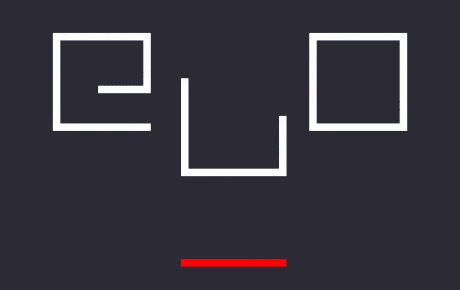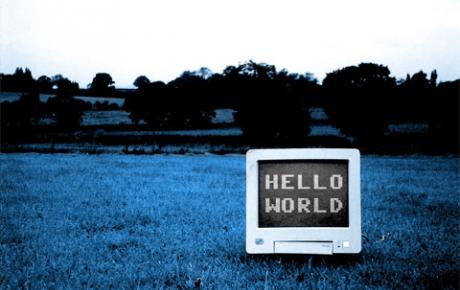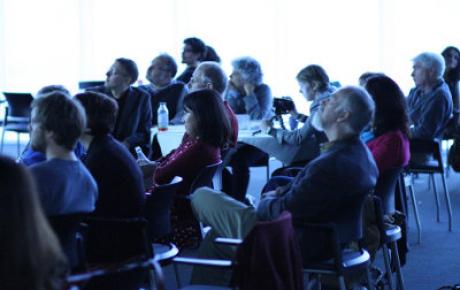I am very pleased to welcome you to the CELL website. As of May 5, our site is live and open to the world.
Introducing CELL
“[t]he cell, the smallest autopoietic structure known today . . . the minimal unit that is capable of incessant self-organizing metabolism.” (Humberto Maturana)
The Consortium on Electronic Literature (CELL) is an international organization led and managed by the ELO that currently includes 11 member organizations, research labs, and research centers. Since 2010, our collaborative network has been developing the information architecture needed for making born digital creative works and scholarly criticism findable across databases, world-wide.
Davin Heckman, Managing Director
Joseph Tabbi, Founding Director
The ELO recognizes the contribution of Anna Gibbs and Maria Angel for convening the initial CELL participants at a founding meeting in 2010, supported by a grant entitled “Creative Nation,” from the International Science Linkages Program of the Australian Academy of the Humanities, Sydney, Australia. We also recognize NT2 for developing the CELL Search Tool.
Member Organizations
● CIBERIA (Spain), led by Maria Goicoechea, Laura Sanchez Gomez, and Begona A. Regueiro Salgado
● NT2 (Canada), led by Bertrand Gervais, Sylvain Aubé, Gabriel Gaudette, Ariane Savoie and Robin Varenas
● Po-ex.net (Portugal), led by Rui Torres
● ELMCIP (Norway), led by Scott Rettberg
● ADEL (Germany), led by Joergen Schaeffer, Peter Gendolla, and Robert Kalman
● I <3 e-poetry (US), led by Leonardo Flores
● Brown Digital Repository (US), led by John Cayley
● ADELTA (Australia), led by Anna Gibbs and Maria Angel
● EBR (US), led by Erik Rasmussen, Joe Tabbi, and Will Luers
● Hermenia (Catalonia), led by Laura Borras
● ELL (US), led by Dene Grigar and Nicholas Schiller
A Selection of Entries on Works of Electronic Literature
|
Source : ELMCIP Windows 95 |
Source : ELMCIP Era Uma Vez... |
Source : ELMCIP UntraceUntrace is a short interactive narrative. |
|
Source : ELMCIP The Archetypture of Magical RealityIt is a creative book app composed of words, images, and animations that—in addition to some ambitious poetic prose—offer a great reading adventure that can be controlled by the “rolling of the... |
Source : ELMCIP Mondrian MoodInspired by and built on Piet Mondrian’s artwork, Eric LeMay writes a poem that reacts with the surface it is written upon. |
Source : ELMCIP Under Language"Under Language" is the latest in my series of textual instruments, a term I borrowed from John Cayley many years ago to describe things that might look like literature, but also like str |
|
Source : ELMCIP ACITEOP. Disfunciones poéticas del lenguaje.Roman Jakobson defined the poetic function of language as being governed by principles of selection and order. Under this vision the poet is in charge of selecting and organising words in a... |
Source : ELMCIP Calling AmericaCalling America" is an internet-based oral histories project that explores the possibilities of popular communications technologies in the practice of participatory journalism, documentary and |
Source : ELMCIP FLUX RSSwritten in java this applet gets a lot of rss feeds (in the french zone) in real time and composes, in real time also and as a work in progress, with them visual poems; each of the results are... |









